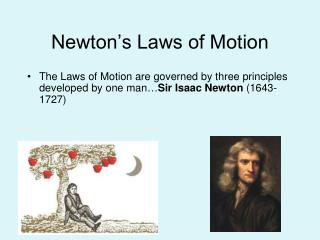

Taking our previous example, say someone applies force on the block from right to left, and there is nobody pushing the block from the left side. Mass = the weight and size of an object (the resistance that a body of matter offers to a change in its speed or position upon the application of a force - the greater the mass of a body, the smaller the change produced by an applied force)Īcceleration = the rate of change in velocity This is known as F = ma (Force = Mass x Acceleration) The rate of change of momentum on a body is directly proportional to the force applied, and the direction of the force applied.

There are two unbalanced forces acting upon the block: the downwards pull of gravity and the upwards push of the table - these forces are of equal magnitude, and so they ‘balance’ each other out, so the block stays still, per the below. Objects at rest will only move when they encounter an unbalanced force. You might be able to push a toy truck along the road, but not so a 27,000 pound Mack truck. Mass is a good indicator of inertia - light objects are easy to move, but heavy objects are much harder to move. It is ultimately a foundational thought piece, and I welcome you to provide feedback, criticise, or augment it in the comments.Īn object at rest stays at rest, and an object in motion stays in motion.
SIR ISAAC NEWTON LAWS OF MOTION PROFESSIONAL
This post will focus predominantly on the first two laws, and how you can use them to help you get closer to your professional and personal goals, and get further away from your vices, more efficiently. Back in 1687, Sir Isaac Newton first published his three laws of motion in his book, Principia: Mathematical Principles of Natural Philosophy.


 0 kommentar(er)
0 kommentar(er)
